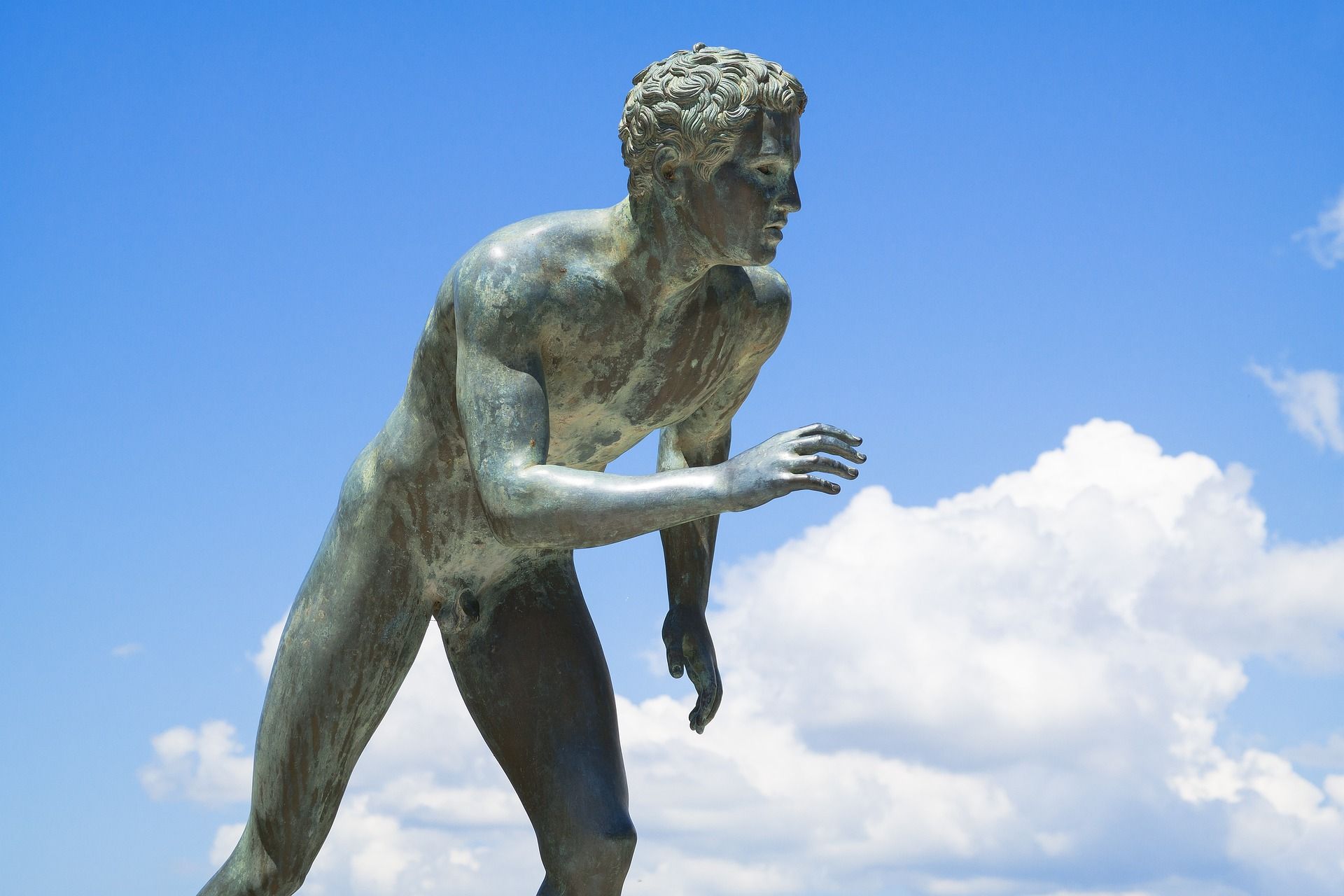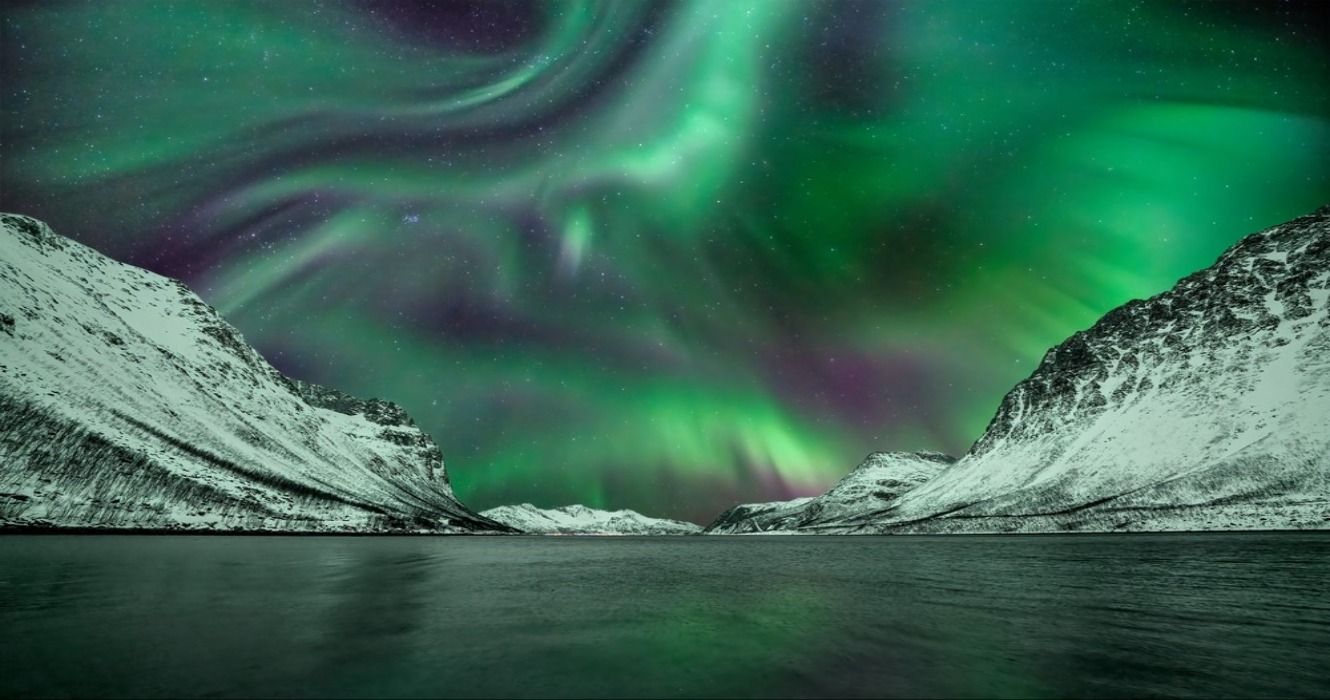Read update
- Werewolves: Are They Real Or Fake?
Summary
- Werewolves continue to captivate audiences in TV and film, playing a prominent role in popular culture and sparking debates about their existence.
- The legend of the werewolf has ancient origins, with mentions in Greek mythology and Nordic folklore, suggesting that there may be some truth behind the creature.
- While there is no concrete evidence of human-to-wolf transformations, history tells tales of serial killers who claimed to possess wolf-like abilities, leading to their gruesome ends.
The legend of the werewolf is quite prevalent throughout history and can be traced back to early Greek mythology. This means they were likely more prevalent than the closely-related mythical lore behind the vampire, a relatively new creature compared to the lycan. While werewolves have been made popular in both literature and film, there are many 'real' accounts behind the stories that inspired these hideous, volatile beasts who were said to have slain many a human.
The other interesting thing about the legend of the werewolf is that its origins come from many places, not just one... Therefore, could there be any truth to the half-man, half-beast that many speak of in terms of pure fantasy? Could this particular wolf species have actually been an animal that prowled around on the night of the full moon, looking for its next unsuspecting prey? If there are people out there who legitimately hunt for Bigfoot, then there's no reason a smaller species of similar qualities can't be real... So, let's find a way to separate the truth from myth.
UPDATE: 2023/11/14 12:53 EST BY NOAH STAATS
Werewolves: Are They Real Or Fake?
Werewolves continue to dominate pop culture, regardless of the reason. Although this concept started centuries ago, it's always interesting to see where folklore takes us. From Twilight to Wednesday and far beyond the scope of reality, werewolves are an intriguing phenomenon that continues to spark people's creativity and imagination.
Werewolves In The Media Have Given Them A New Image
In more modern times, werewolves have become somewhat of a powerful tool in media. With movies like 'Twilight' essentially inspiring a new generation of believers and supporters, the cause behind werewolves being real and worth exploring has exploded. There are even "sightings" of werewolves in the areas where the movie was filmed, sparking constant debate. Much like their vampire counterparts, werewolves remain the same genre of television and film: sci-fi or fantasy.
These are some fun Twilight-themed things to do where the movies were filmed.
However, that's not to say werewolves haven't been given a larger, more serious platform on TV, with documentaries about them released every so often. Myth to reality isn't always the case, but through the power of storytelling, we're able to see both sides of the coin.
It's also worth noting werewolves in modern TV and film takes on a more attractive, masculine appearance, with even Netflix's hit remake "Wednesday" having a typically sweet looking school girl turn into a massive beast with the change of a second. Werewolves have become icons to fans watching media at home across the globe, and they aren't going anywhere anytime soon.
- Werewolves continue to be a focal point of the TV and film industry.
The Oldest Known Story In The History Of Literature
The Legend of Gilgamesh is believed to be the oldest form of prose known in Western literature. It also tells of a woman who turned her lover from a human to a wolf, which is also believed to be one of the earliest known records of mentioning anything close to a werewolf. It is unclear where this inspiration came from or if it was spawned from a verbal legend. The next mention of a werewolf is where the term 'lycan' comes from Greek mythology.
Those familiar with werewolf lore might recognize the Legend of Lycaon. Lycaon was the son of Pelasgus, who made a fatal flaw in serving Zeus with the remains of a boy who was sacrificed. According to the legend, Zeus didn't turn Lycaon into a wolf but turned his sons into wolves. This could have very well been the official starting point for the legends surrounding werewolves and wolf-like humans. Still, as with many legends throughout history, the legend of the lycan would soon appear in another place.
- It's said that Greek folklore inspired much of Nordic tales down the line.
- The Legend of Lycaon is a story depicting wolf-like humans.
Nordic Folklore Describes Magical Animal-Morphing Items
The next appearance of this mythical creature occurs in Nordic folklore with the tale of a father and son who stumble upon some unusual wolf pellets. According to legend, these pellets could turn people into wolves for a total of ten days. However, upon finding these magic pellets, the father and son wore them, which led them on a rampage, wreaking havoc through the forest for ten days straight. In a bizarre turn of fate, the father then attacked his son, who was only saved by the grace of a raven, lending him a leaf with healing powers. This legend from the Saga of the Volsungs is likely the closest thing to a modern-day telling of a werewolf.
- Nordic folklore often described werewolves alongside "animal morphing" creatures.
Real-Life Werewolves
While there's obviously no evidence of an actual human-to-wolf transformation, there are stories of brutal encounters with humans claiming to have wolf prowess. These 'werewolves' were actually infamous serial killers who claimed to be otherwise. Two of the most infamous cases were Michel Verdun and Pierre Burgot, who claimed to be able to transform into wolves in 1521. Upon their heinous confessions, they were burned at the stake, as was customary with any alleged mythical creature during that time, when people simply didn't know any better.
Another well-known case is that of the 'Werewolf of Dole,' who made his mark during the 16th century, known by his real name of Giles Garnier. His targets were children, and he, too, was burned at the stake after confessing to such horrible crimes. Like Burgot and Verdun, Garnier claimed to have an ointment that allowed him to transform into a wolf at will. Today, it's surmised that all three of the men were likely suffering from a mental illness of sorts, but that remains to be seen.
However, as far as the most infamous of 'werewolves' go, the Bedburg Werewolf is said to have been the most fearsome and gruesome. During the 16th century, the story went that Peter Stubbe, the man in question, went on killing sprees in the middle of the night in Bedburg, Germany, sending the entire town into a frantic frenzy of fear. When Stubbe was finally cornered, it's said that the hunters who cornered him bore witness to his transformation, after which he confessed to doing everything he suspected and, by extension, a typical werewolf. He claimed his 'power' came from a belt that was never actually found and, therefore, never confirmed. Many believe that Stubbe was merely a scapegoat for political gain. Still, there's no denying that, similar to the Salem Witch Trials, even the mere thought of a werewolf on the loose was enough to drive up paranoia and fear.
- Paranoia and fear often led to those associated with werewolves and magic being harmed or killed.
Well-documented alien encounters have also been recorded across the world, leading many to believe in more than the "usual."




